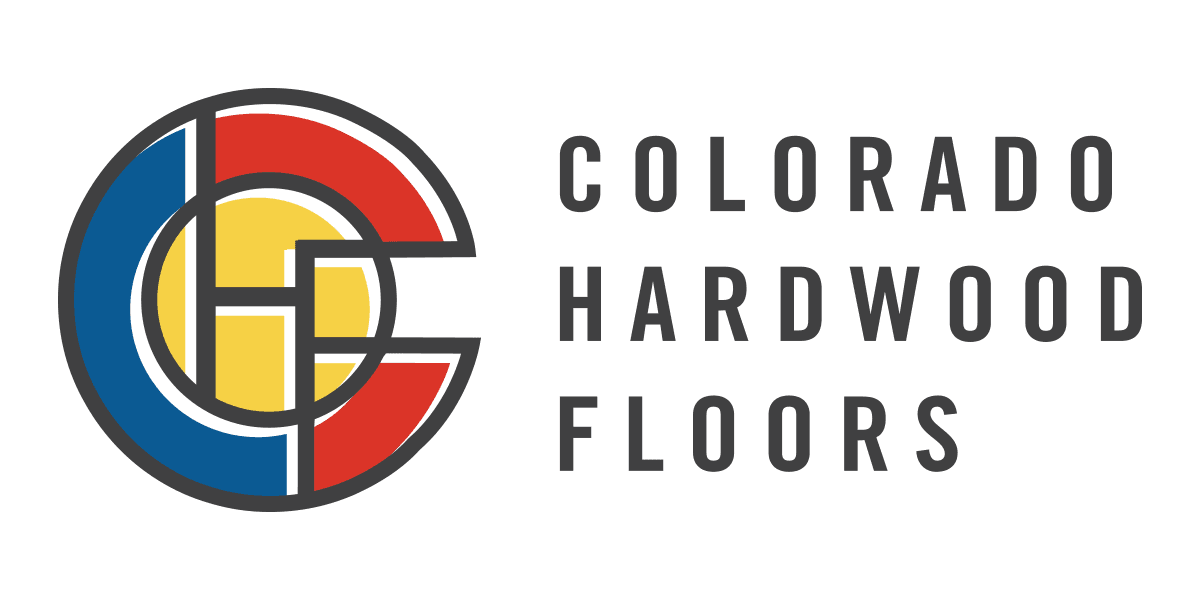In the ancient world, the most common type of flooring was dirt. In ancient Rome, all but the wealthiest citizens had floors made of dirt and straw. Some of them had animal hides, leather, or cloth draped over the floor. Some would use shards of pottery, stone, and sand. The shards and stone would be ground into the floor until it formed a hard surface; this was the earliest origin of pavement. The wealthiest Romans had floors made of stone and hardwood. In the New World, forests were so abundant that hardwood floors were fairly common for colonists. Interestingly, the ancient Romans, ancient Egyptians, British imperials, and American colonists all created their hardwood floors in about the same way.
Floors were laid from straight planks of wood. The floors either just sat on the ground level, or they were built onto a subfloor. The ancient Romans, for one, utilized subfloors. Then, they would smooth the floor with hand scraping and literally sanding the floor. The sanding process left tiny scratches all over the floor.
Wire Brushing
Before the invention of sandpaper, the process for sanding a floor was to literally cover it in sand. Crafters would pour a bunch of sand on the floor. They would then rub the sand on the floor until the floor was smooth. It didn’t sand as smoothly as sandpaper and an orbital sander from the modern era. So, that meant there were tiny scratches all over the floor. The floor would then often be left bare. The oils from feet would eventually soak into the wood to create a waterproof finish.
Wire brushed hardwood now replicates the look of that antique sanding process. A wire-brushed floor can be brushed by hand or by a machine. Basically, the floor is brushed with a stiff-bristled brush to create billions of minute scratches. If done by a machine, it won’t add much expense to the cost of your floor. If done by hand, it will better replicate the random scratches of ancient floors.
Hand Scraping
The other way to smooth wood was to use a draw knife to scrape away the top layer of wood. The floor can be brought fairly smooth when you do that.
Both of these different techniques fell out of favor in the 1930s when sandpaper was made available in basically every hardware store. Hardwood flooring fell out of favor after WWII. These techniques have just recently become prominent again.
